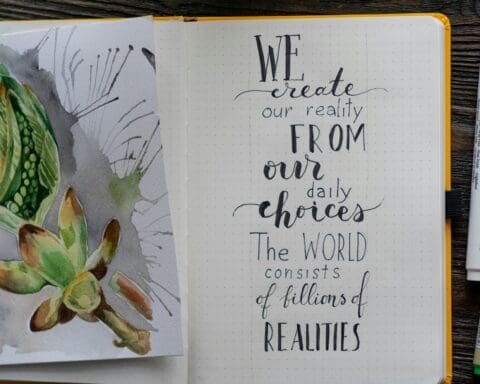Contextualization is the process of understanding something within its specific circumstances, background, or environment. It involves considering cultural, historical, social, and situational factors to give meaning and relevance to ideas, events, or actions. Without context, information can be misinterpreted, leading to confusion, bias, or incomplete understanding.
Contextualization is crucial in communication, education, business, research, and even daily life—it allows us to adapt our perspectives, decisions, and interactions to align with specific situations.
Why Contextualization Matters
- Improves Understanding: Helps interpret information accurately by considering background factors.
- Prevents Miscommunication: Avoids misunderstandings by tailoring messages to specific audiences.
- Enhances Learning: Makes knowledge more relevant and applicable to real-life situations.
- Strengthens Decision-Making: Encourages informed choices based on context rather than isolated facts.
Examples of Contextualization in Different Fields
- Education: Teachers contextualize lessons by relating them to students’ real-world experiences, making learning more engaging.
- Marketing: Brands tailor their messaging to different cultural and social contexts to connect with diverse audiences.
- Business: Companies adapt their strategies to fit different economic and legal environments when expanding internationally.
- Communication: Speakers adjust their tone and language depending on whether they’re addressing a colleague, friend, or formal audience.
- Research: Scientists and scholars consider historical, geographical, and cultural factors when analyzing data or social phenomena.
Types of Contextualization
- Cultural Context: Understanding customs, beliefs, and values that influence people’s behaviors and perspectives.
- Historical Context: Considering past events that shape present situations and decisions.
- Situational Context: Recognizing how immediate circumstances affect meaning and responses.
- Linguistic Context: Interpreting words and phrases based on surrounding text, tone, and intent.
Challenges of Contextualization
- Bias and Subjectivity: Context can sometimes be interpreted differently based on personal experiences.
- Overgeneralization: Assuming that one context applies universally can lead to incorrect conclusions.
- Information Overload: Too much context can complicate understanding rather than clarify it.
How to Apply Contextualization Effectively
- Ask Questions: Before making assumptions, consider factors like who, what, when, where, and why.
- Be Open-Minded: Recognize that different cultures, industries, and situations influence perspectives.
- Adapt Your Communication: Adjust language, tone, and examples based on your audience.
- Use Comparative Analysis: Compare different contexts to understand how they shape meaning.
- Verify Sources: Ensure that information is interpreted accurately by considering its original context.
Contextualization allows us to make sense of the world more accurately, thoughtfully, and empathetically. Whether in communication, education, or business, understanding the bigger picture helps us navigate challenges and make informed decisions.
Remember: meaning is shaped by context. The more we recognize and adapt to different perspectives, the better we can connect, learn, and lead.
✱ If you liked this article, please share it with a friend who could use inspiration.
If you have a topic in mind or a story to share anonymously or with your name, email us at [email protected]















